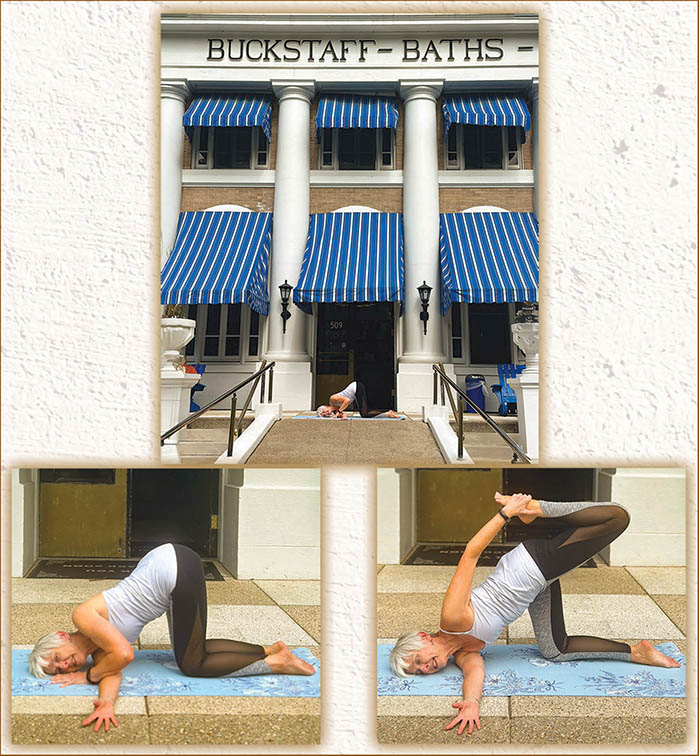With all of the risks of UV exposure, wearing sunglasses is an easy way to protect your vision.
By Alison Crane
Most everyone has seen a movie scene where the actor either lowers sunglasses to get a clearer look while someone passes by or puts them on to signal the end of a conversation. Depending on the designer or style, sunglasses are also a status symbol or to make a statement. More than just a cool accessory, sunglasses should provide protection to our eyes from the sun’s ultraviolet rays.
Invisible to the human eye, ultraviolet (UV) light is a form of electromagnetic radiation. UV light penetrates eye tissues more easily than visible light, which can potentially increase the risk of eye problems. Even when it is cloudy, the UV index, a measure of UV intensity, can be high. The easiest way to protect your eyes from UV light is to wear sunglasses and a hat when outside during the day.
Protective eyewear is important for everyone, including children because several eye problems are associated with UV exposure. Protein and fat deposits (a pinguecula) as well as a growth called Surfer’s Eye can form over time from exposure causing eye irritation or vision impairment.
Persistent exposure to UV rays can also modify the eye’s lens proteins and lead to cataract formation. Several types of eye or eyelid cancers are linked to UV exposure, plus some studies have linked persistent exposure to increased risk of developing age-related macular degeneration later in life.
With all of the risks of UV exposure, wearing sunglasses is an easy way to protect your vision. Sunglasses protect the eyes by blocking and/or reflecting harmful UV light. Keep in mind that not all sunglasses are equal. Just because a pair of shades has a designer tag and costs a lot, does not mean it automatically has UV protection built into the design.
Only buy sunglasses that have a UV400 rating or have 99 to 100 percent protection from UVA and UVB.
According to the National Eye Institute, the following factors are important when choosing sunglasses: lens materials, fit, and use. Lenses can be made from a variety of materials and even non-prescription sunglasses are regulated as medical devices to meet minimum requirements. Good-fitting sunglasses will minimize the amount of light that enters the eye from around the lenses and will be comfortable and stay in place. Use polarized lenses to reduce glare from snow or water and wrap around or safety glasses with different colored lenses when your outdoor activities might be in intense light or create flying debris.
July is Healthy Vision Month and wearing UV protective sunglasses is a simple thing to do to guard your vision. Contact the Garland County Extension Service to learn more healthy living tips and participate in our educational classes. Call us at 501-623-6841 or email acrane@uada.edu.
Alison Crane is a Family and Consumer Science Agent with the Garland County Extension Service. The Arkansas Cooperative Extension Service offers its programs to all eligible persons regardless of race, color, national origin, religion, gender, age, disability, marital or veteran status, or any other legally protected status, and is an Affirmative Action/Equal Opportunity Employer.









